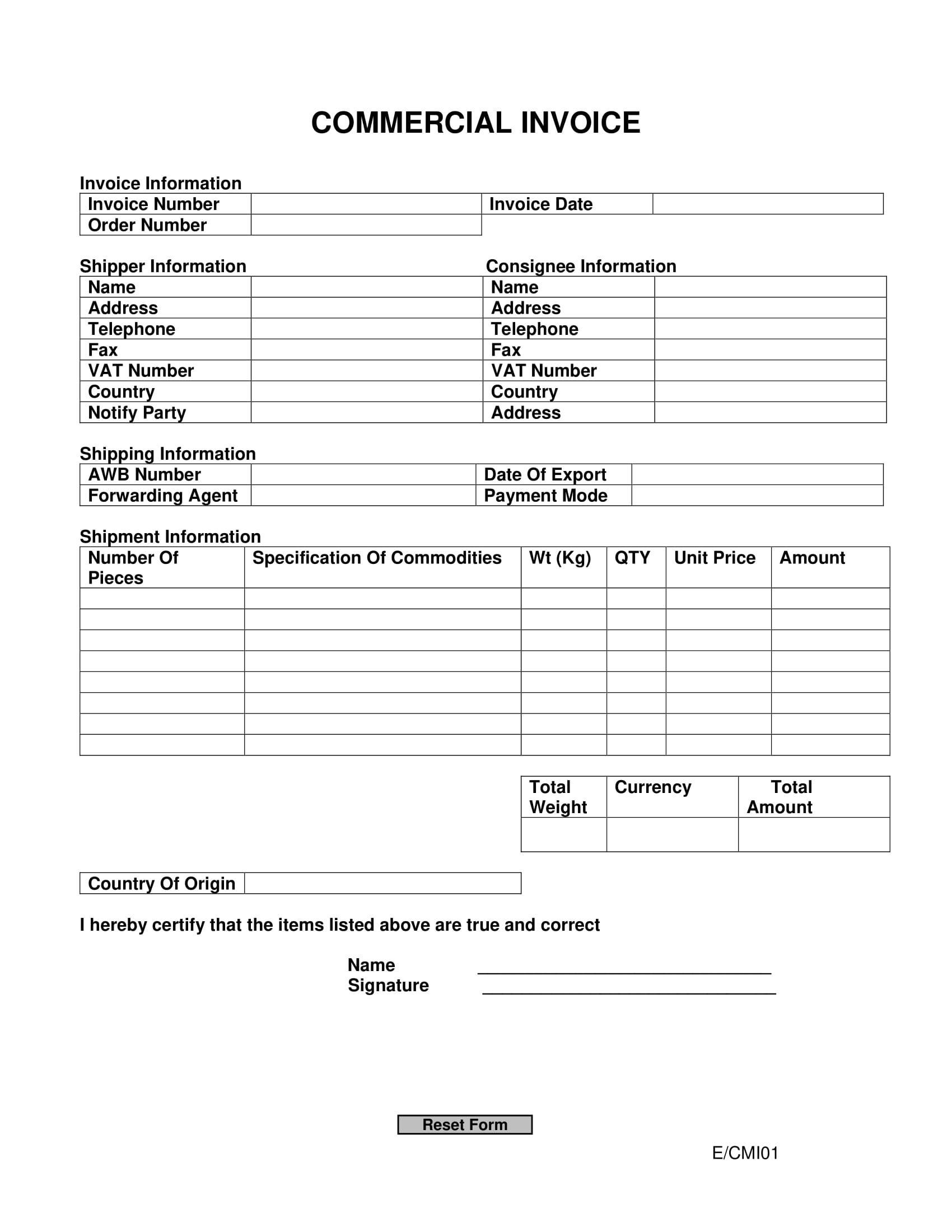

Storage – meaning the length of time for which electronic invoices should be archived and available for any tax inspection or audit.Netting: An Immersive Guide to Global Reconciliation This is of particular importance when e-invoices are exchanged in a structured format (XML or UBL) and a human-readable preview is provided. Legibility – this requirement ensures that electronic documents are readable through the entire period of the document’s validity.Similar to authenticity of origin, we can encounter different IT requirements (e-signature or EDI). Integrity of the content – this means that the content of the document is secured and was not changed during the whole lifecycle of the electronic invoice (from the moment the document was issued and delivered to the recipient to the archiving period).Legally accepted ways of ensuring authenticity of origin may include the use of electronic signatures or exchange of electronic invoices via electronic data interchange Authenticity of origin – this means ensuring that electronic invoices are really sent by the invoice issuer, and not by someone who is impersonating them.The following elements should be treated as key points when we consider legal compliance for electronic invoicing:
INVOICES MEANING ARCHIVE
This includes rules on the format of electronic invoices, the way they are exchanged (directly or via the tax authority), and archiving (storage period, location of the archive, archive formats). To be more specific, there are laws that define how e-invoices should be exchanged between parties. In the realm of electronic invoicing, legal compliance means acting in accordance with local rules that define how e-invoices can be processed by businesses in a given country.

Legal means local legislation and/or rules, and compliance is about acting in accordance with these requirements. Going deeper, we can break down legal compliance into two parts: legal and compliance. Generally, legal compliance refers to actions and practices that are executed in accordance with the local laws of a country in which a company operates. This article focuses on legal compliance, specifically what it means for electronic invoices in terms of legal requirements that should be met in order to take the first step towards e-invoicing process automation. This can be achieved, for example, through the use of AI/ML-driven data processing and analytics or by introducing features designed to help facilitate the onboarding process. They are seeking modern e-invoicing systems that provide a holistic approach to the invoicing cycle and can bring additional value/functionalities that make the invoicing process as automated as possible. Many companies planning to implement an e-invoicing process are no longer looking for basic digitisation. What’s more, it is very important to keep in mind that digitisation of the invoicing process – replacing of paper documents with electronic equivalents – is just the first step towards invoicing process automation that will result in business process improvements such as higher quality data, more advanced information security, rapid configuration, and improved cash flow. Still, there remains other countries without e-invoicing legislation, so paper invoices are still treated as legal documents. However, in some other countries, electronic invoicing was introduced more recently or is going to be introduced in the coming months or years.
INVOICES MEANING DRIVER
In the Nordics, e-invoicing was introduced to optimise business processes and reduce operating costs, while in Latin America the key driver for change was due to the VAT gap. This is because electronic invoicing was adopted several years ago in many countries such as those in the Nordics and Latin America. Although the idea of electronic invoicing is nothing new, implementation of this technology has only been happening relatively recently.


 0 kommentar(er)
0 kommentar(er)
